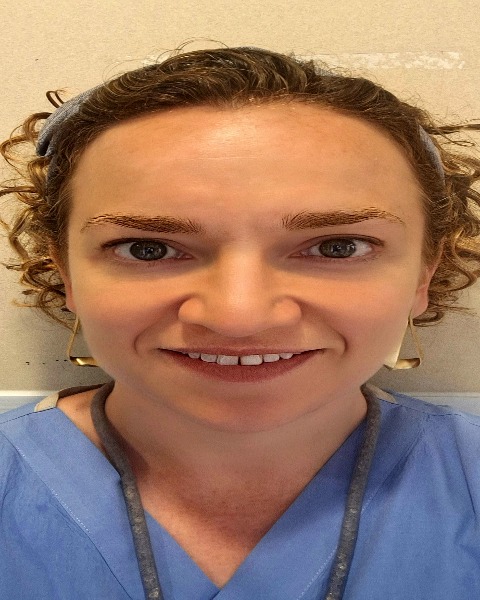Clinical Obstetrics
Poster Session 1
(115) Prolonged second stage of labor (P2S) in primipara, and perinatal outcomes

Shira Fridman Lev, BSc, MD
Maternal Fetal Medicine Fellow
Shaare Zedek Medical Center, Hebrew University of Jerusalem
Jerusalem, Yerushalayim, Israel- Yg
Yair gotlib, BSc
Shaare Zedek Medical Center, Hebrew University of Jerusalem
Jerusalem, Yerushalayim, Israel - rF
rivka Farkash, MPH
Shaare Zedek Medical Center, Hebrew University of Jerusalem
Jerusalem, Yerushalayim, Israel - SG
Sorina Grisaru-Granovsky, MD, PhD
Shaare Zedek Medical Center, Hebrew University of Jerusalem
Jerusalem, Yerushalayim, Israel - AS
Arnon Samueloff, MD
Shaare Zedek Medical Center, Hebrew University of Jerusalem
Jerusalem, Yerushalayim, Israel 
Maayan Bas Lando, MD
Shaare Zedek Medical Center, Hebrew University of Jerusalem
Jerusalem, Yerushalayim, Israel
Primary Author(s)
Coauthor(s)
Presenting Author(s)
Duration and optimal management of prolonged second stage (P2S) in the primipara is still controversial and represents a source for primary cesarean deliveries. We assessed maternal and neonatal outcome when the second stage of labor was prolonged according to American College of Obstetricians and Gynecologists guidelines.
Study Design:
Electronic medical record data from a retrospective cohort (2005–2022) at a tertiary medical center. All nulliparous births with term live singleton vertex fetus that reached full dilation were included. P2S was defined: with epidural > 3 hours, without > 2 hours.
Statistics: Comparisons, adjusted multivariate model; Odds Ratio (OR 95%CI), p< 0.05
Results: Study population included 55309 primiparous deliveries who reached full dilation. P2S occurred in 13.1% of nulliparas, with and without an epidural. Cesarean delivery rates with P2S compared to normal second stage (N2S) were 8.5% vs. 0.8% respectively. Vaginal delivery and assisted vaginal delivery rates were 48.4% vs. 85.6% and 43.1% vs. 13.6% for P2S compared to N2S, respectively. P2S was associated with higher maternal and neonatal morbidity when compared to N2S including PPH (1.1% vs 0.8%), and third-degree or fourth-degree perineal lacerations (1.8% vs 1.0%), Shoulder Dystocia (0.5% vs. 0.1%), NICU admissions >72 hours (3.6% vs. 2.4%), clavicular fracture (0.7% vs. 0.4%) and Apgar score at 5 minutes < 7 (1.3% vs. 0.7%), p< 0.0001 for all. Arrest of descent was the leading indication for CD. Multivariate analyses revealed independent association (OR 2.2 95% CI [2.1-2.4] between prolonged second stage and higher rates of composite maternal adverse outcome (27.9% vs. 13.6%), and composite neonatal adverse outcome 16.8% vs. 11%, p< 0.0001 for all.
Conclusion:
P2S for primiparous women at term, according to the traditional definition, is associated with adverse maternal and neonatal outcomes. Even with the benefits of increased rate of vaginal delivery, implementation of new relaxed guidelines for 2nd stage of labor might lead to additional health costs.

